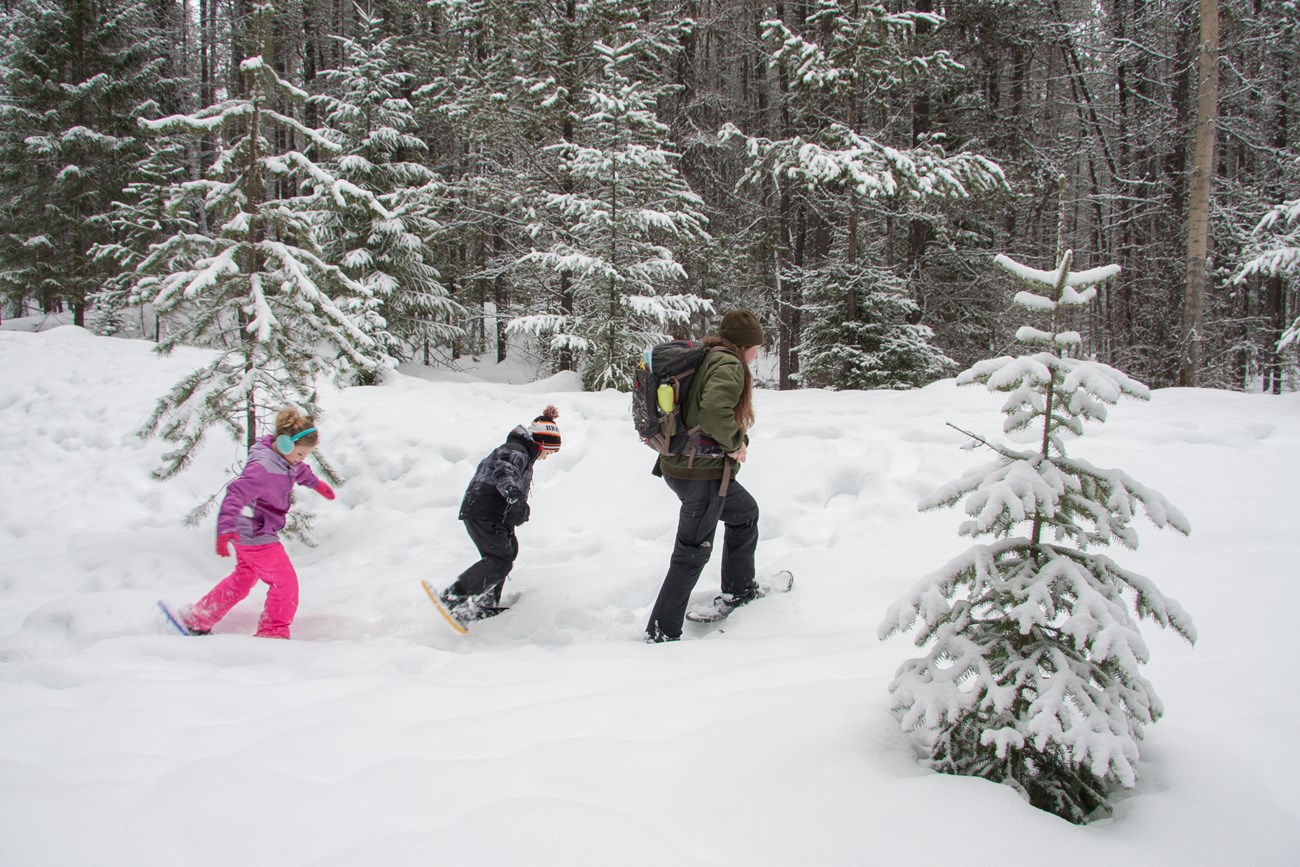
NPS/Shepherd Waldenberger Winter in Glacier National Park a special time of year when animals must make changes just like humans. Students will conduct a simple snow experiment, view a puppet show of how animals in Glacier survive winter, and take a short snowshoe hike to a beaver lodge with stops to investigate animal signs and snow characteristics. The park provides all the snowshoes for students and chaperones free of charge. Grades: 1–2 Objectives(Depending on grade level and weather conditions)
Field Trip LogisticsMaximum group size for snowshoe hikes is 46 students. Students will stay together as one class for the introductory and closing activities. Large groups will be divided into 2 smaller groups (23 students each) for the ranger-led hikes, with one ranger leading each group. Reserve Your TripVisit the Scheduling & Guidelines page to find the reservation form as well as tips for a successful day in the park. If you have questions, email or call the Apgar Education Center at 406-888-7899. Preparing for Your TripStudents that spend time preparing for their visit get more out of a field trip to the park. Activities post-visit also help to reinforce information learned during the trip. Once registered, we will email you the complete field trip curriculum, which contains the following lessons:
Suggested supplementary materials:
|
Last updated: May 27, 2020
